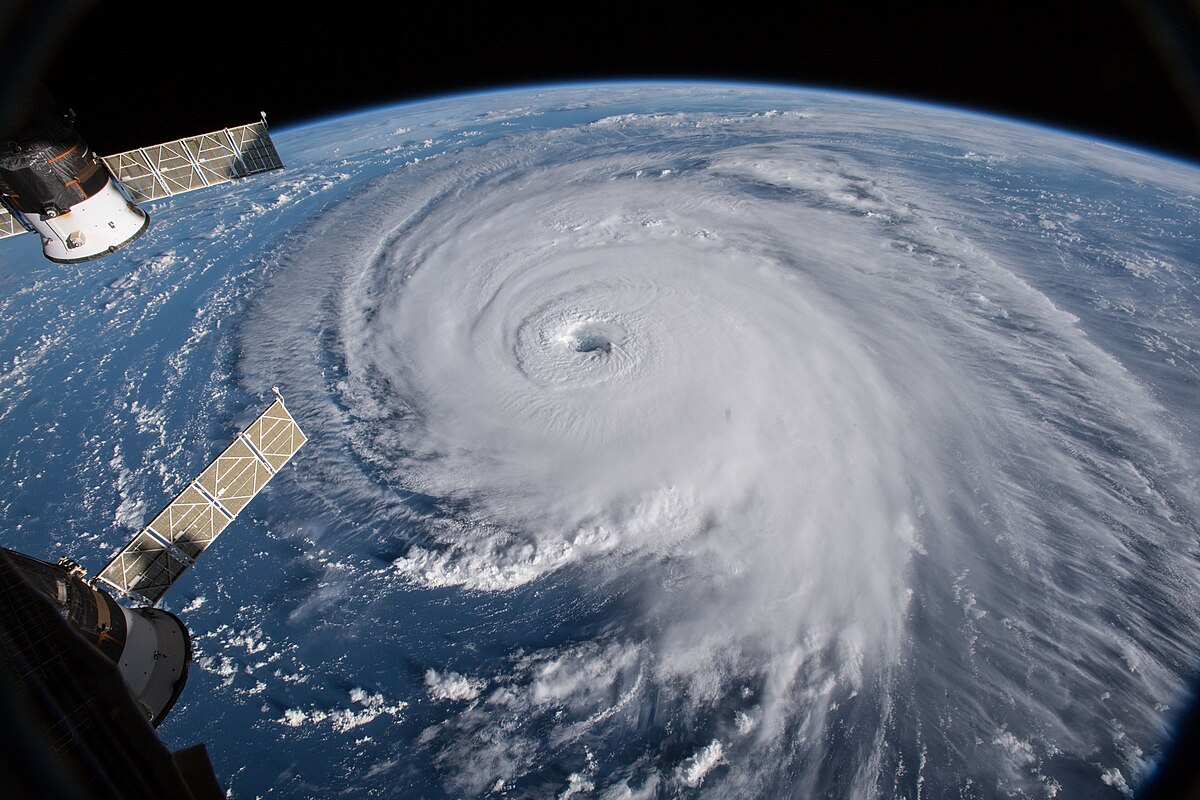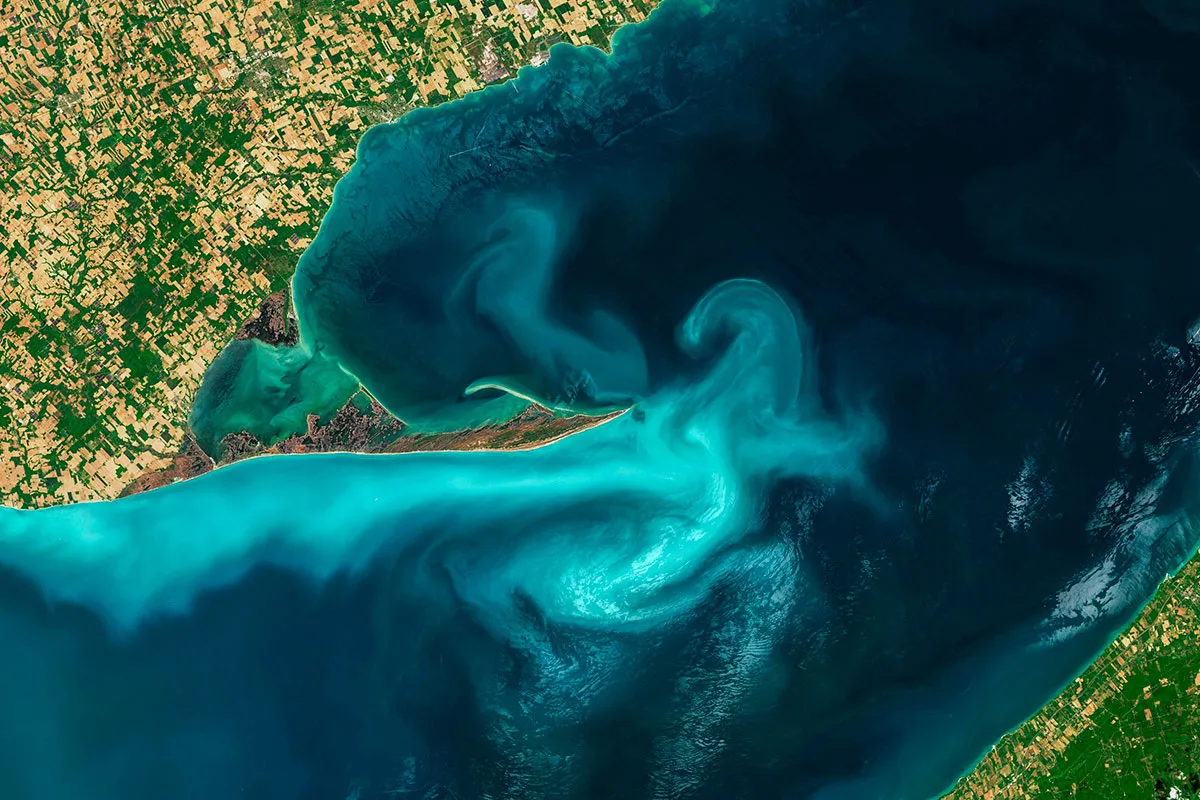It transports 182 million cubic metres of water every second and connects the three major oceans of the globe. Today, scientists believe that this invisible giant, the largest marine current on Earth, is changing. This movement could disrupt the climate and global ecosystems.
The Antarctic Circumpolar Current (ACC) forms a huge loop around the white continent. Driven by powerful westerly winds, it flows clockwise from west to east, encountering no continental obstacles. This continuous flow connects the Atlantic, Pacific and Indian oceans, playing a major role in regulating heat, carbon and nutrients on a global scale.
But contrary to what was previously believed, this climate change ‘engine’ may not be as stable as it seems.
A giant of the seas that shapes the climate
An international team of researchers has reconstructed its history from sediment cores taken from depths of between 3,000 and 4,000 metres in the Scotia Sea, north of Antarctica. These cores, several hundred metres long, revealed the speed of the current over time by studying the size of the particles deposited on the sea floor: the faster the current, the further it carries fine particles before they settle.
Their verdict is clear: the SCCA was much more powerful during past warm periods. ‘The speed during the penultimate warm period, around 130,000 years ago, was more than three times higher than in the last few millennia,’ says Dr Michael Weber of the Institute of Geosciences at the University of Bonn, lead author of the study published in Nature Communications.
The maps show current surface ocean currents in the Holocene: red shades indicate areas where speeds are highest. The black lines represent the five main fronts of the Antarctic Circumpolar Current (ACC), from north to south.

When the ocean moves the whole planet reacts
Researchers attribute this ancient acceleration to cyclical changes in the Earth’s orbit around the Sun. These variations in inclination and axis, which occur every 21,000 to 100,000 years, alter the amount of heat received by the Earth and cause climate change.
The CCA did not just accelerate: it also moved southwards by about 600 kilometres during the last interglacial period. By moving closer to Antarctica, it is thought to have brought warmer waters into contact with the ice caps, causing sea levels to rise by an estimated six to nine metres.
Today, global warming appears to be influencing the behaviour of this current once again. There are already signs of acceleration, but new modelling indicates that this time it could drift northwards instead of southwards. This unpredictable shift could profoundly alter the thermal and biological exchanges between the oceans.
As a key node in the global climate system, any change in the speed or trajectory of the Antarctic Circumpolar Current could trigger a cascade of effects: disruption of marine ecosystems, transformation of ocean circulation patterns, and long-term consequences for coastal and global climates.




